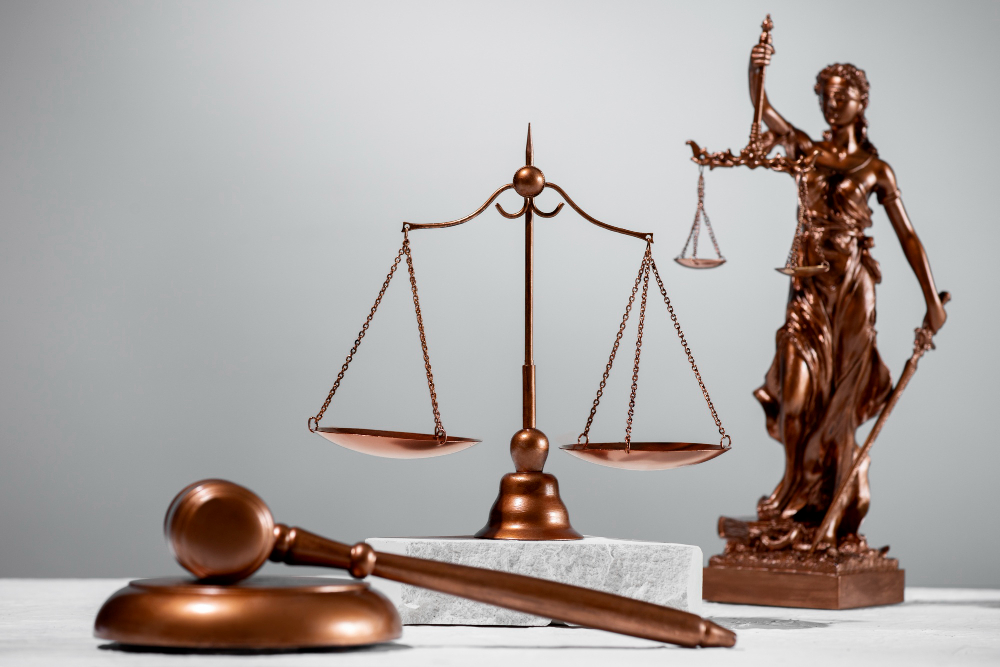
The term “judgment” refers to the justification the court provides for its ruling. The ruling is not accorded any particular weight beyond the statement that it serves as the basis for the court’s decision. A judgment is defined as a judicial decision that ends an action by awarding one side relief or discharging the other, depending on the circumstances.
judgment in civil procedure code: Definition
- A court’s decision is referred to as a judgment, as stated in the Code of Civil Procedure of 1908 under Section 2(9).
- It contains information about the case, including the issues raised by the parties, the facts, and the evidence and arguments that the court used to reach its decisions.
- A synopsis of the case’s key issues, the court’s rulings on each matter, the legal justification (ratio decidendi), and the relief awarded by the court must all be included in every CPC judgment.
- Courts resolve different cases by announcing judgments on a regular basis. Because they serve as precedents for upcoming cases, these rulings are essential to our legal system. Every time a judge renders a decision, they always explain their reasoning.
essentials of judgment in cpc
Rule 4 of Order XX of the Code of Civil Procedure, 1908 states that decisions made by Small Causes Courts are deemed adequate provided they contain the issues that need to be resolved and the rulings that support them. The following essential elements ought to be present in judgments rendered by other courts:
- An overview of the pleadings and a succinct statement describing the situation.
- Well-defined areas that need further investigation.
- Conclusions regarding each matter and the rulings made by the court on each relevant issue.
- The rationale for the ruling of the court.
- Information on the relief the court decided to give.
contents of judgment cpc
- Firstly, a concise summary of the facts stated in the plaint and a concise summary of the responses to the facts stated in the written statement are included in the ruling.
- Secondly, it then goes on to discuss the points raised in order to resolve the dispute, the evidence provided by the parties, and the arguments made by each party’s pleader.
- Thirdly, the court will provide its rationale for each of the questions posed and the supporting documentation for the facts that the parties have brought to its notice. At that point, the judge arrived to render a decision in favour of either party.
- Then lastly, the court subsequently renders a final decision in the case, partially or entirely in favour of one side or the other, after ruling on each point in the prescribed order.
The stenographer is going to create a written, typed copy of the full decision after the presiding judge dictates it to her in the previously described way. The judge will sign and date the judgment after carefully going over it to check for mistakes and omissions.
Order 20 of the Code of Civil Procedure contains the pertinent provisions that apply to the items in the judgment rendered in the lawsuit.
Alterations in Judgment in CPC
Only the following situations apply to modifications or corrections to a judgment that the judge has dated and signed:
- Errors in Calculation: If there are computation errors (arithmetical errors) or clerk errors (clerical errors), adjustments can be made. These are mathematical blunders involving numbers, such as adding up figures or other fundamental concepts.
- Errors in Omissions: Corrections are permitted for mistakes brought about by unintentional slips or omissions. These happen when an important detail is inadvertently missed. Section 152 provides an overview of this clause. In addition, if required, Section 114 may be used to review the CPC ruling.
Essentially, corrections to a judgment are allowed for inadvertently missing important information or for small calculation errors or administrative errors. This is compliant with CPC Sections 152 and 114.
judgment under cpc: Case Rulings
- In the case of Anil Rai v State of Bihar, Following the lawyers’ presentations, the court in this instance reserved judgment, which was issued two years later. The court made notice of how crucial prompt case resolution is to preserving the public’s confidence in the legal system. Decisions that are delayed can erode public trust in the court system and breed scepticism.
- In the case of Darayas Balsara v Shenaz Balsara, the Bombay High Court gave a resounding yes. It was decided that a judge who succeeds another in office could sign a judgment in the CPC on the other judge’s behalf if the first judge dictated it in public. The Registrar can then be instructed by the succeeding judge to prepare the decree.
Everything that transpired throughout the trial is mentioned in the verdict. As a result, the judgment includes a brief summary of the parties’ pleadings, the issues the court considered, the testimony provided by each party, the advocate’s argument, the logic the court used to reach a decision, and the conclusions drawn in favour of the respective party.
For any latest news, judiciary exams notifications, patterns, etc watch Jyoti Judiciary’s YouTube channel for legal videos for any updates at https://youtube.com/@jyotijudiciarycoaching4852?si=2cwubh9d2A9urwJf









